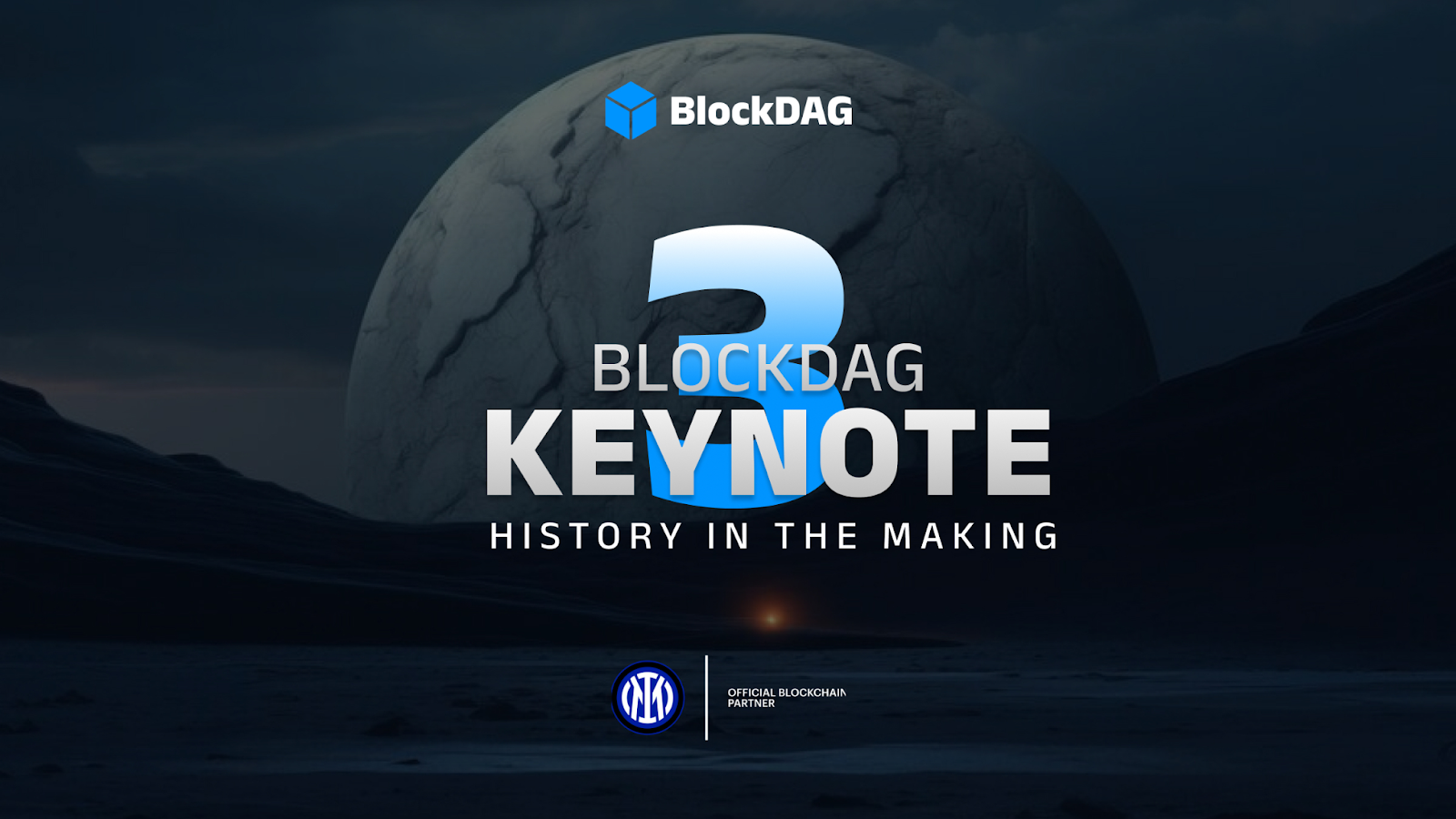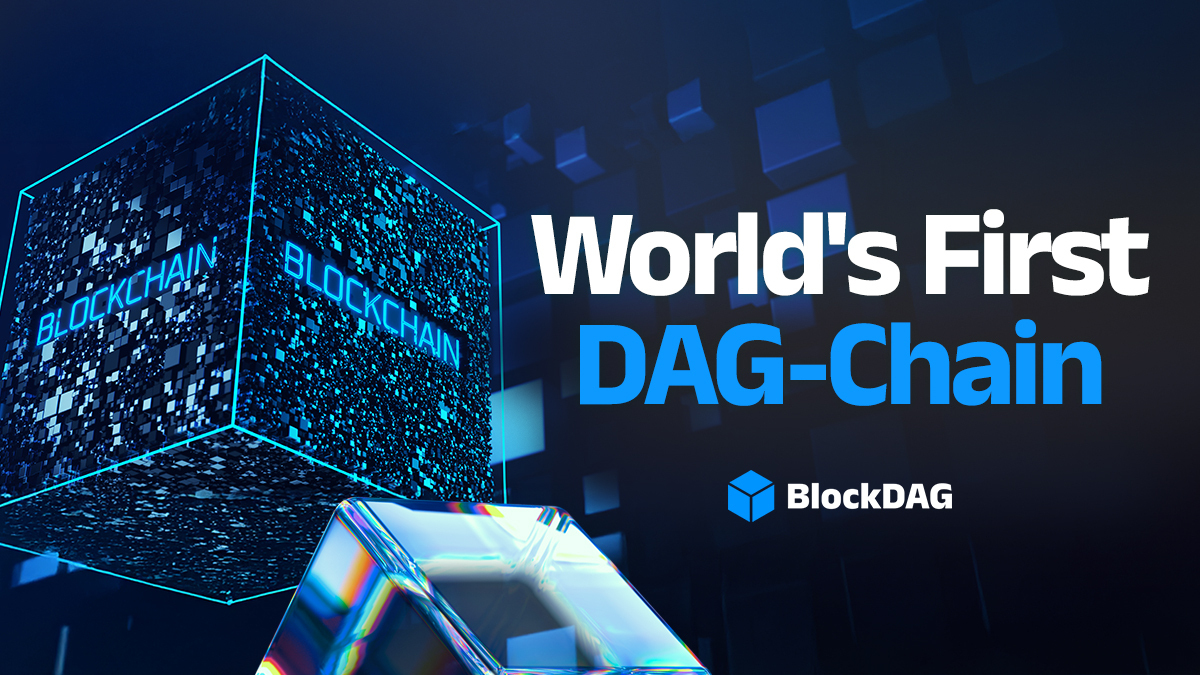Building fast isn’t the same as building right. Toncoin leveraged Telegram’s massive user base to gain traction, while Stellar focused on bridging traditional finance with blockchain. Both offer meaningful use cases, yet each carries legacy design decisions that reflect their origins.
BlockDAG, by contrast, is building scalability directly into its core through a hybrid DAG + Proof-of-Work model—avoiding the patchwork fixes common in older Layer 1 and Layer 2 networks. With testnet adoption growing and its presale raising $208 million so far, BlockDAG is challenging assumptions about what crypto adoption should look like—transparent, scalable, and ready at layer one.
Toncoin: From Telegram’s Vision to a Scalable Blockchain Reality
Toncoin (TON) began as Telegram’s blockchain project in 2018, with the goal of creating a high-speed, scalable decentralized network. The project raised approximately $1.7 billion in a private ICO, but regulatory pressure from the U.S. SEC forced Telegram to withdraw in 2020. However, the open-source community revived the project as “The Open Network,” officially launching it in August 2021.
Toncoin debuted at $0.70 and, as of March 26, 2026, trades at $3.63—representing a 418% increase. Designed for massive scalability and quick transaction finality, Toncoin supports smart contracts and integrates seamlessly with Telegram’s vast user base, accelerating adoption. Additionally, its layered architecture and sharding model allow thousands of transactions per second.
Despite early legal setbacks, Toncoin has evolved into a functional and growing ecosystem. Overall, the project’s resilience and community-driven development have rewarded early supporters and positioned it as a rising force in practical blockchain deployment and user-accessible infrastructure.
Stellar: Powering Efficient Global Transactions Since 2014
Stellar (XLM) was launched in 2014 by Jed McCaleb and Joyce Kim, aiming to make financial systems more inclusive through blockchain technology. Backed by the nonprofit Stellar Development Foundation, the project focused on bridging fiat currencies and cryptocurrencies to enable fast, low-cost cross-border transactions. Notably, Stellar’s ICO priced XLM at just $0.003.
As of March 26, 2026, XLM trades at $0.482, reflecting a massive 16,000%+ return for early investors. Furthermore, Stellar uses the Stellar Consensus Protocol (SCP), which allows fast, energy-efficient validation without mining. This design has made it especially popular for remittances, micropayments, and financial institution partnerships. In addition, Stellar’s collaboration with global organizations, including IBM and MoneyGram, has helped extend its reach into mainstream finance.
Finally, the protocol’s built-in decentralized exchange (DEX) and focus on real-world interoperability continue to make it one of the most practical blockchain networks in use today. Its long-term vision centers on accessible, borderless finance for all.
BlockDAG’s Scalable Layer 1 Makes Centralized Sequencers Obsolete
Layer 2 solutions were supposed to solve blockchain scalability—but they introduced new problems. From centralized sequencers and opaque validator sets to off-chain dependencies and fragmented user experience, many Layer 2s shifted congestion out of sight rather than resolving it. In contrast, BlockDAG is taking a different route—building scalability directly into the base layer, where decentralization and performance don’t have to conflict.
At the core of BlockDAG’s architecture is a Directed Acyclic Graph (DAG) combined with Proof-of-Work. This hybrid model allows multiple blocks to be confirmed simultaneously, eliminating the bottlenecks that force Layer 1s to rely on external scaling. “Imagine if transactions didn’t have to wait in a long queue,” said CTO Jeremy Harkness. “With our parallel processing, multiple blocks are confirmed simultaneously.” In this way, there are no sequencers, no off-chain shortcuts—just native throughput designed to scale without sacrificing transparency.
So far, the approach is resonating. BlockDAG has raised $208 million in its presale, with over 18.9 billion coins sold across 27 batches. At a current price of $0.0248, early buyers have already seen a 2,380% ROI since batch one. Still, the numbers tell only part of the story.
Instead of patching an old system, BlockDAG is rethinking how scaling should work from the start. With its mainnet around the corner and testnet adoption already underway, the project is setting a new standard: one where speed doesn’t come at the cost of decentralization.
Beyond the Patchwork Approach
Toncoin and Stellar each reflect the strengths—and limitations—of their starting points. One built from a messaging giant’s abandoned project, the other shaped by early efforts to connect crypto with real-world finance. While both have grown, their scalability and decentralization models rely on older structures or compromises.
BlockDAG, meanwhile, is addressing these gaps from the start. By designing throughput, transparency, and community governance directly into its base layer, it sidesteps the need for Layer 2 fixes or centralized infrastructure. As crypto adoption moves from experimental to practical, the focus may shift toward platforms that prioritize clean architecture over temporary solutions.
Website: https://blockdag.network
Presale: https://purchase.blockdag.network
Telegram: https://t.me/blockDAGnetworkOfficial
Discord: https://discord.gg/Q7BxghMVyu













